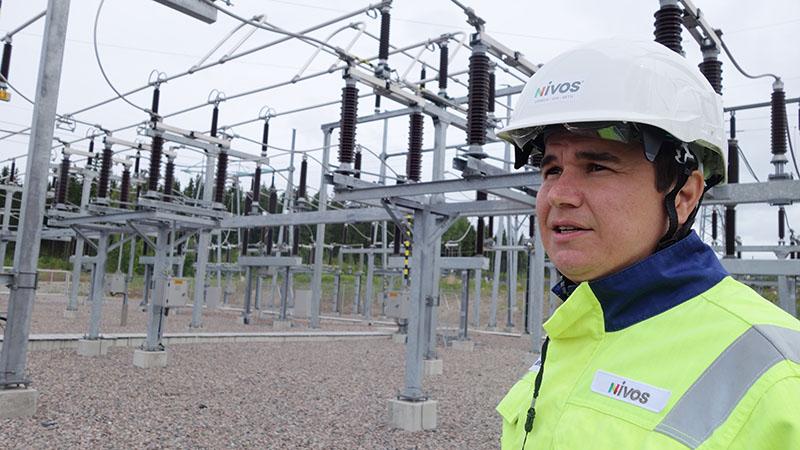Keeping the lights on with continuous condition monitoring
Transformers are an essential part of power generation, helping to light our houses and streets, and keep industrial processes running. It is unsurprising, then, that faults in power transformers can cause major problems – but with a little smart thinking and continuous condition monitoring, faults can often be predicted in advance and prevented. With transformers being some of the most valuable assets in electrical power networks, constituting around 60% of substation capital costs, continuous condition monitoring can pay for itself many times over, helping to minimize breaks in electricity distribution.
Increasing transformer lifetimes
Power transformers have an average lifetime of around 40 years, with individual transformers lasting anywhere from 25 years for a badly maintained transformer to 55 years for a well-maintained one. Continuous condition monitoring can therefore have a huge impact, with the potential to extend transformer lifetime by decades through proactive maintenance and monitoring. Gathered data gives an insight into transformer health and performance, allowing faults to be identified earlier and maintenance prioritized, thereby minimizing costs and reducing revenue losses.
An early warning system for faults
Continuous condition monitoring is based on the fact that when a problem starts to develop in a transformer, the temperature rises in the location of the fault. This temperature rise then leads to gases forming in the transformer oil, with the types and amount of gas indicating the nature of the problem – making it possible to intervene before the transformer fails, or at least to make quicker and better-informed decisions on the correct course of action.
Real-time information at your fingertips
Vaisala’s MHT410 Moisture, Hydrogen, and Temperature Transmitter takes measurements directly from the transformer’s insulating oil, providing reliable data on hydrogen levels, timely measurement data showing changes in the oil’s moisture content, and up-to-date temperature readings. The measurements provide real-time information about transformer health, enabling predictive maintenance and making it possible to react to problems quickly – or even before they occur.
The benefits in action at Nivos Oy
Nivos Oy, a diversified energy company operating in the Uusimaa and Päijät-Häme regions of Finland, handles the electricity distribution for a vast area . The company has seven main transformers for 14,500 residents, so each transformer is responsible for delivering electricity to thousands of homes and workplaces. In recent years, Nivos has invested in increasing the automation and intelligence of its electricity networks, bringing about a major improvement in their reliability.
As part of this investment, Nivos has installed a Vaisala MHT410 Moisture, Hydrogen, and Temperature Transmitter in its main transformer at the Kapuli substation in Mäntsälä, southern Finland. This will be used to collect data, plan maintenance, and monitor for any developing faults, with condition monitoring data sent from the transformer direct to Nivos’ control room.
Data-led decision-making
The company now has a complete picture on such things as how long the transformer takes to warm up when the temperature is very low and how much hydrogen there is in the transformer oil. Decision making can be based on accurate data and potential faults can be avoided through proactive maintenance and monitoring.
Automatic and continuous condition monitoring has made a noticeable difference to Nivos as transformers can have very high momentary loads and at other times be used only lightly – so taking periodic samples doesn’t give an accurate enough overview of their condition to fully optimize their operation. The Vaisala MHT410 has helped the company be proactive and react to potential problems before they happen, as well as ensuring its transformers have long and productive lives.
Read more of single gas DGA Monitor MHT410 »
Read more of multi-gas DGA Monitor Optimus DGA »


Add new comment